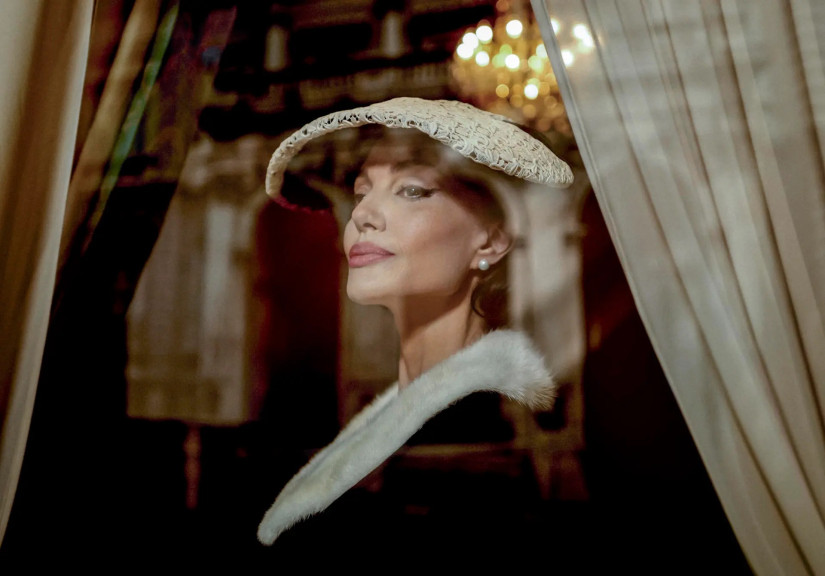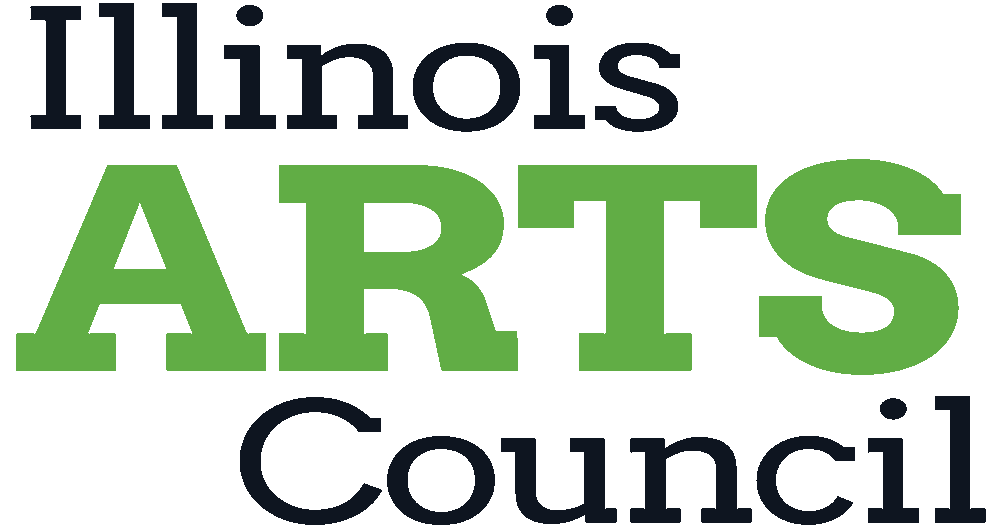How Angelina Jolie Found Her Voice in “Maria”

Pablo Larraín/Netflix
Recently, there has been a spate of films about classical music starring A-list actors: Bradley Cooper as conductor Leonard Bernstein in Maestro (2023), Cate Blanchett as the fictional conductor Lydia Tár in Tár (2022), and now Angelina Jolie as Maria Callas in Maria, in theaters November 27 and streaming on Netflix December 11. Each role has demanded significant preparation from the lead actors, requiring them to master skills such as conducting, playing the piano, speaking German, and in Jolie’s case, singing. In this article, we preview how Jolie trained for the role of Callas and what making the film has taught her.
Greek–American soprano Maria Callas (1923–1977) was arguably the greatest operatic diva of the 20th century. Revered and reviled in equal measure across her glittering career, Callas captivated the world with her unique vocal timbre, intensely emotional performances, and headline-grabbing personal life. Chilean director Pablo Larraín’s Maria is the latest in a string of tributes in celebration of the soprano’s centenary last year. (In fact, you can read our article on Callas’s life and career from last December here.)
Maria is the final film in Larraín’s trilogy of cinematic portraits of iconic women of the 20th century, beginning with Jackie (2016), starring Natalie Portman as Jackie Kennedy, and Spencer (2021), starring Kristen Stewart as Princess Diana. Each film takes place at a moment of profound internal struggle for the titular women while the world has its gaze trained on their every move. Maria centers on the final years of Callas’s life after health and vocal issues had caused her to withdraw from public performance and seclude herself in her Paris apartment. The film traces her life through flashbacks to her earlier years, from her mother pushing her into singing at a young age, to the height of her career in the 1950s and 60s and her relationship with Aristotle Onassis, who effectively silenced her.
Larraín was adamant that Callas’s voice and the music she sang play a central role in telling her story. “How can you make a movie about Maria Callas without using her voice? You can’t,” Larraín told Vanity Fair. Initially, Jolie thought she would just be miming the singing. But Larraín made it clear it is impossible to pretend to sing opera convincingly because operatic singing requires full body involvement, from one’s breath to one’s posture.
Going into the role, Jolie had never sung in public before, let alone taken a voice lesson. On the press circuit promoting the film, Jolie spoke about a former partner who told her she could not sing. She said this criticism gave her a mental block around singing. Having to learn to sing for the role of Callas was a daunting challenge, but ultimately, Jolie called it a “gift” to learn a new skill she had previously been afraid of.
Although professional singers train for decades, even lifetimes, to master their craft, Jolie studied and practiced intensely for nearly seven months before filming began. She took voice lessons and classes in Italian, opera, and breathing and learned the arias she had to sing in the film. Jolie described the emotional experience of her first voice lesson in an interview with The Hollywood Reporter: “My first class, I cried. I was sad, I was scared. It was a strange physical body reaction. I stood there, and [the instructor] said, ‘OK, just be in your body. Take a deep breath, let it all out and just open your mouth and just let that sound come from the inside.’ And that’s when I became really emotional. You discover how much we lock our pain in our bodies. Our voice gets tight, our shoulders go high, we get stomach aches, we do all these things, and it’s a protection for us.”
In a panel discussion at AFI Fest quoted in Variety, Jolie said learning how to sing—as scary as it was—taught her things about herself and was ultimately therapeutic: “I’ve been holding a lot for a long time, and that beginning and that sound, and then when that sound would eventually come, it was the best therapy I’ve ever had. Honestly, I think I would tell a lot of people before you try therapy and spend too much time there, go to singing class. It helped me a lot. There’s something primal about finding your own voice within your own body. It brings up certain emotions that you may have not wanted to confront, and there’s no way to sing at your full voice and your full emotion without confronting your feelings and your limitations.”
Understandably, with Jolie’s own highly publicized personal life, not least her recent divorce from fellow actor Brad Pitt, it is easy to draw parallels between Jolie and Callas as public figures. Jolie acknowledged the similarities but said what she related to most with Callas was her softness and vulnerability while existing in a sphere where she could not be her true self. She admired Callas’s stoicism, even while so many wanted to paint her as a tragic figure, like the characters she portrayed on stage.
Even with her extensive preparation, Jolie was still very nervous the first day she had to sing on set. She had her sons bar the doors of the set and make sure no one could hear her outside. “I was such a wreck, I can’t even tell you,” Jolie said in a Q&A. Fortunately, Lorraín was sensitive to Jolie’s needs and made sure the first time she sang in front of people was the most intimate scene with only 20 people on set. Still, the experience was daunting as she had to sing with only an earpiece and no other feedback. Gradually, the number of people on set increased with each subsequent singing scene, culminating in a scene at Milan’s Teatro alla Scala with a full audience of extras.
Because Callas’s voice is so distinctive, what audiences will hear is Jolie’s voice blended with archival recordings of Callas. Larraín explained to Vanity Fair, “You always listen to Angelina and you always listen to Maria Callas. When we listen to Maria Callas in her prime, most of the sound is Callas—90 percent, 95 percent—and when we listen to Callas older and in the present, almost all of it is Angelina.” To synthesize their voices, Larraín turned to Oscar-winning sound editor John Warhurst, whose credits include Bohemian Rhapsody (2018) and the upcoming biopic on Michael Jackson, Michael (2025), which also employ this technique.
Before accepting the role, Jolie had only been to the opera a few times. She conceded she wrongly assumed it was “elitist” and that she wouldn’t understand it. Jolie said her naiveté about opera was probably a benefit because, had she known all that is involved in operatic singing, she would have turned down the role. She now has a greater appreciation for the art form and is grateful it is a part of her life.
Larraín hopes that audiences come away with an appreciation not only for Callas but for opera as well. Growing up attending the opera in Santiago with his mother, Larraín has a deep respect for the art form and considers Maria his most personal film yet.
Like other films about classical music, it will likely draw praise and criticism from musicians and music lovers regarding how realistic Jolie’s portrayal is or the film’s factual accuracy. Regardless, it is a win to have someone with such name recognition as Angelina Jolie bring Maria Callas’s artistry to new audiences.
Catch Maria in theaters November 27 and streaming on Netflix December 11.



